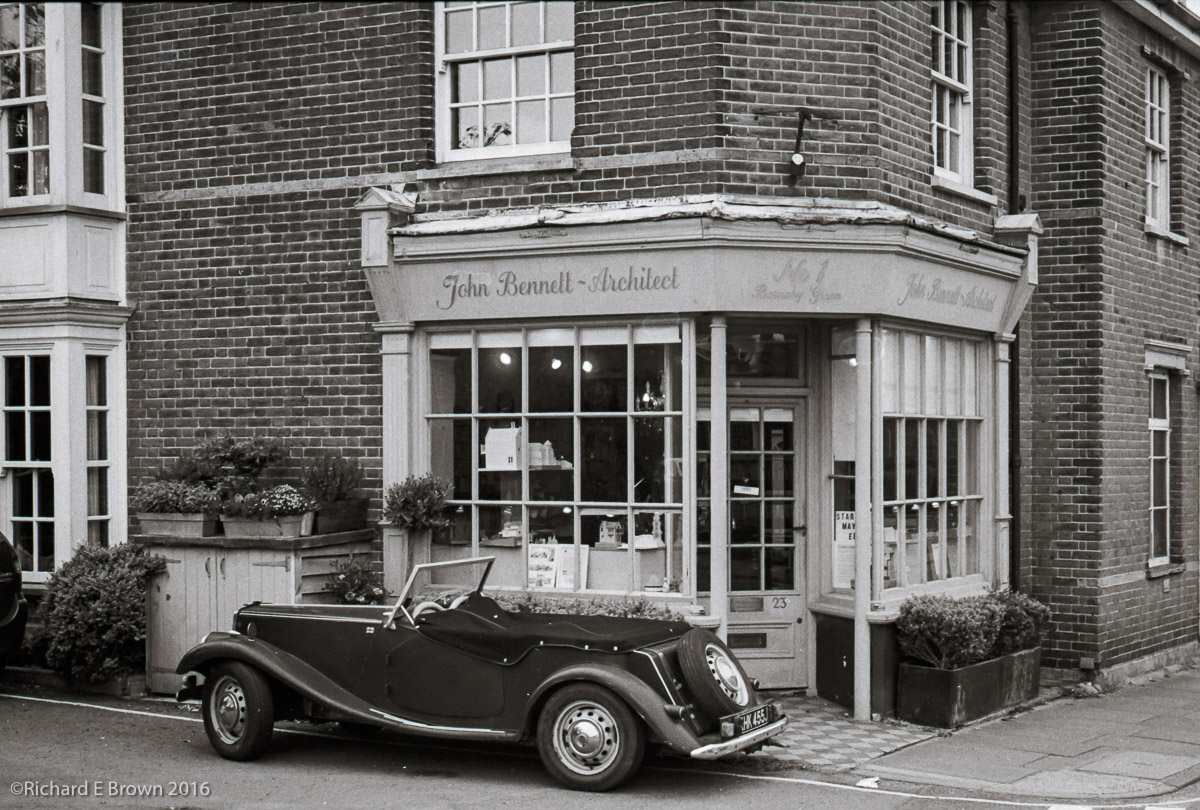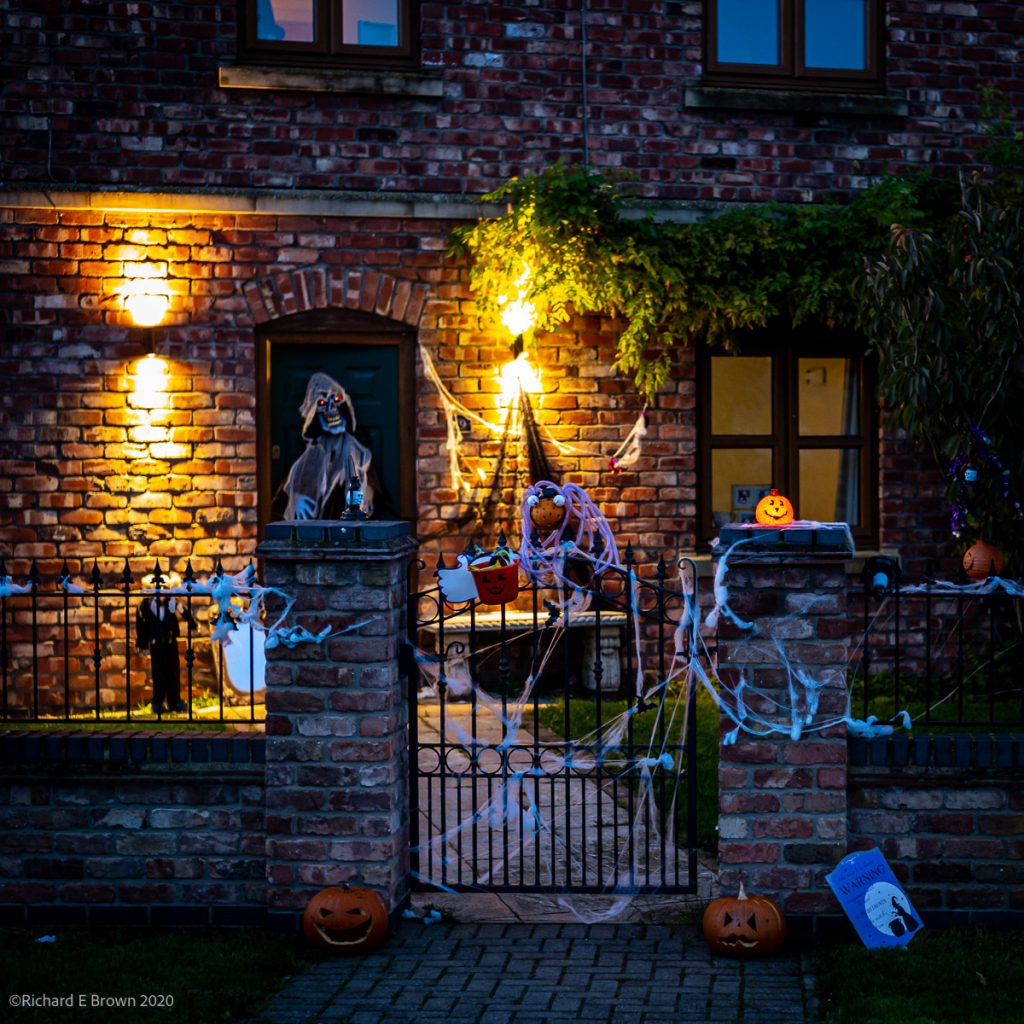
When choosing a new camera too many people are led by their hearts and the internet. Instead of thinking about the use case, lens required to do that job and accessaries and system support.
So let us think about lens. When it comes to wildlife and my long lens use, it is likely I will keep my D800 and my Nikon 300mm f/2.8. There is just two much money invested in that combination, I may add a second hand D500 to that mix for my wildlife kit.
Lets look at my professional studio work over the last six months when COVID lockdown finished in the England.
| Focal Length | Number of Photos taken |
| 24mm | 95 |
| 28mm | 116 |
| 35mm | 696 |
| 50mm | 1991 |
| 70-105mm | 1948 |
| over 105mm | 25 |
Interesting, but let us look into this with a little more discernment. Of those let us filter out to just include the portfolio grade material and stunning shots my customers loved.
| Focal Length | Portfolio Grade Photos taken |
| 24mm | 1 |
| 28mm | 0 |
| 35mm | 12 |
| 50mm | 36 |
| 70-105mm | 99 |
| over 105mm | 0 |
So this is giving us a better idea of what works for me.
So that wider end while getting reasonable use is not producing stunning shots. So lets not invest too much in that area, maybe purchase a 14-30mm quality zoom and save the money for a top quality 50mm and mid telephoto like a 85mm. Both Canon and Nikon produce stunning 50mm f/1.2 and 85mm f/1.2 lens, and Sony have started to up their game in the 50mm department. Luckily For Sony users unlike Canon and Nikon not fully sharing the secret sauce of their lens communication protocols, there are plenty of third party lens available. Again the L alliance of Leica and Panasonic have some stunning lens in the area I need.
My Rating for Lens:
- Leica L Glass
- Nikon Z Glass
- Canon R Glass
- Sony G Glass
For some of these lens we are really nic picking, some of the Sony early glass was not up to scratch compared to what Nikon and Sony are putting out now but recent releases has shown they are trying to catch up with some good releases. While I have put Canon in third place here this is not a criticism, their R f/1.2 releases are stunning and difficult to fault, but the Nikon and Leica glass just, and only just pips them.
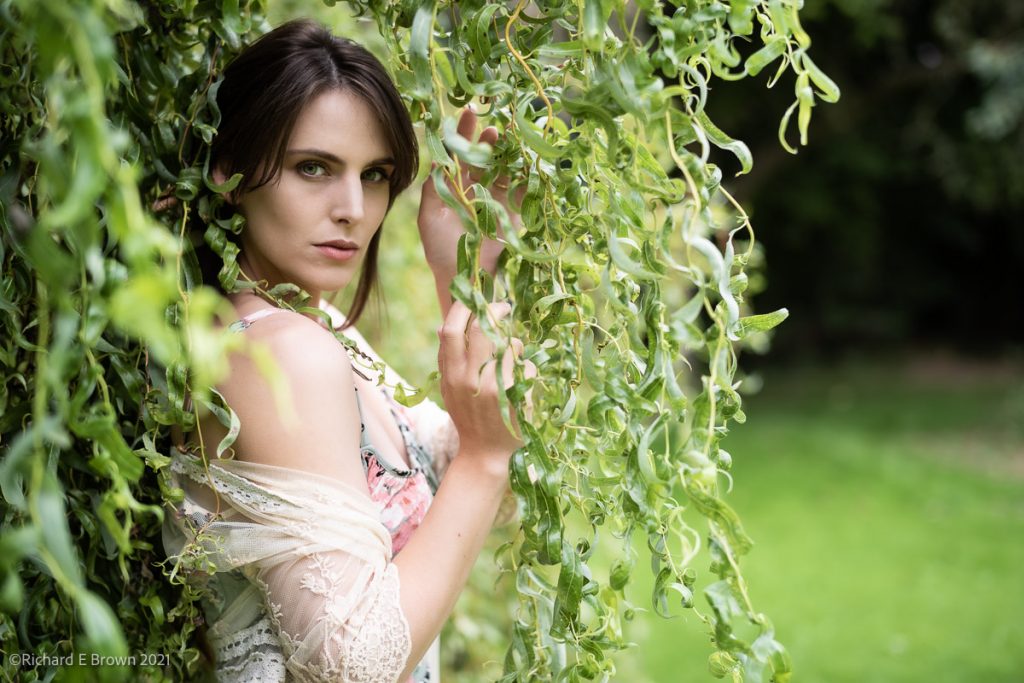
A high quality 50mm is a must, if my next camera is mirrorless which is likely then my current 50mm Leica lens will work well on some bodies but lets look at what’s available in the native mounts.
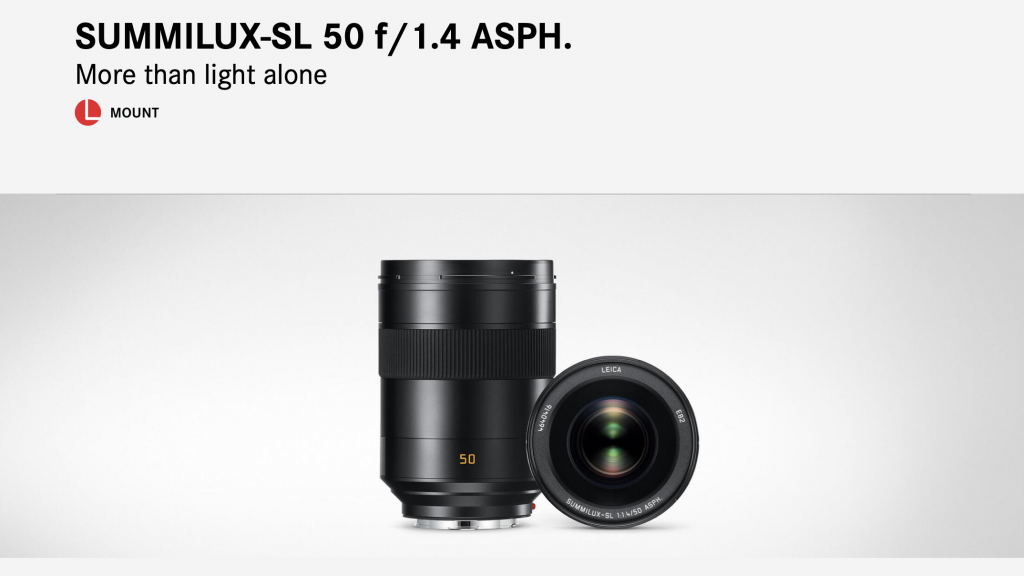
The Leica L mount bodies work well with my M glass but the L mount Summilux 50mm is a stunning lens, the way the focus drops off looks amazing. At £3875 UK inc 20% VAT its not a cheap choice.
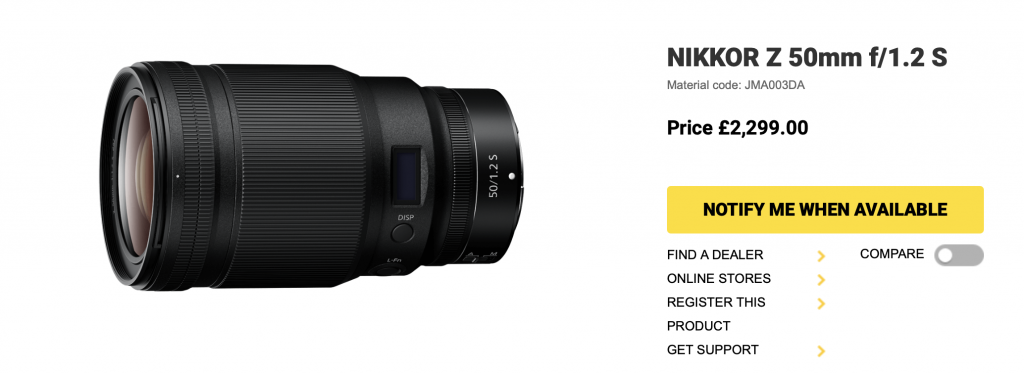
The f/1.2 lens from Nikon are real statement pieces of what is possible. Not only optically superb but with virtually zero breathing so they make stunning photography and video lens.
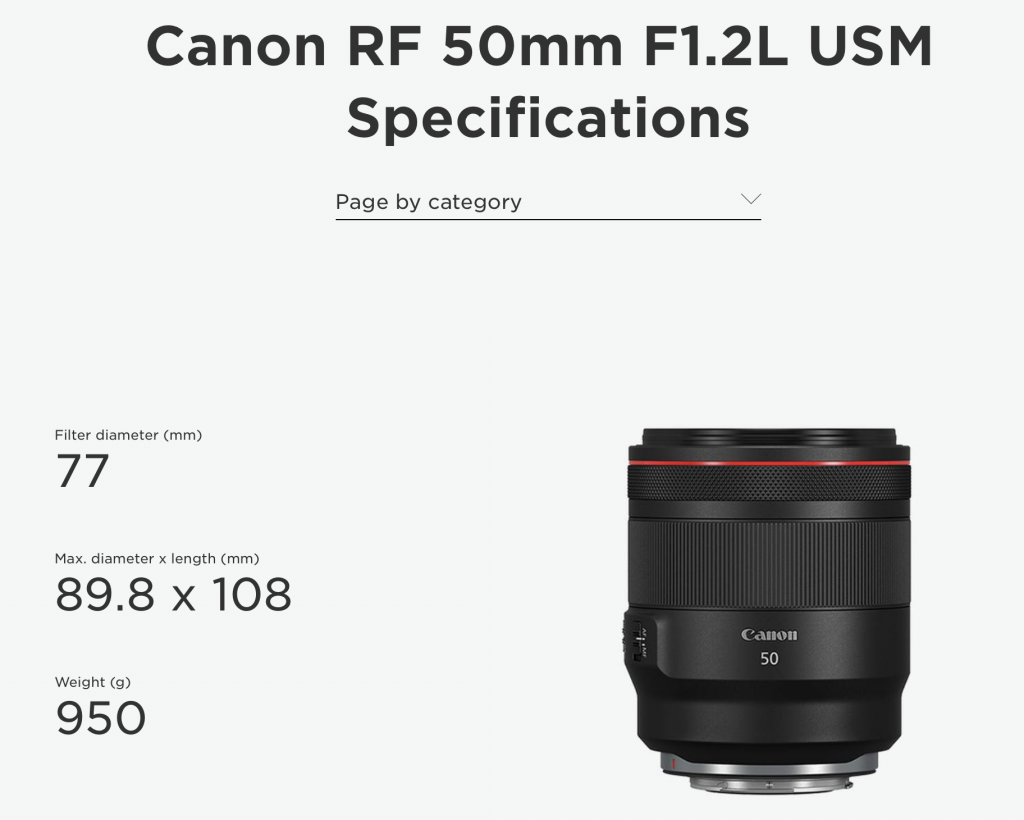
At £2389 including VAT in the UK this is another statement lens that you would not be unpleased with. Lots of videos on YouTube showing what this lens is capable of. If you had this in your bag you would not be wanting more.

Sony have built themselves quite a lead in mirrorless cameras, being a company twice the size of Canon and ten times the size of Nikon, being a major semi conductor manufacturer and owning a major share of Tamron this gives them some major advantages. The old 50mm lens from Sony, even their old f/1.4 50mm did not really cut it. The other companies had leapt ahead in lens design so they had to reply and this their new FE 50mm f/1.2 GM is a great response. While not as good as the others it can hold its head high. Lets hope Sony continue to update their lens. At £2100 in the UK including Vat its good value but the extra few hundred for the Nikon or Canon are worth it. The Leica, well at £1500 extra for a German made lens, its a reasonable price for what you are getting, but at that price I would be tempted by medium format.
